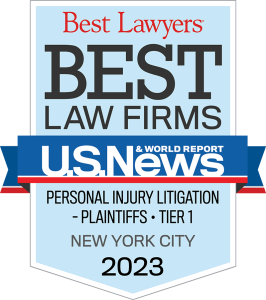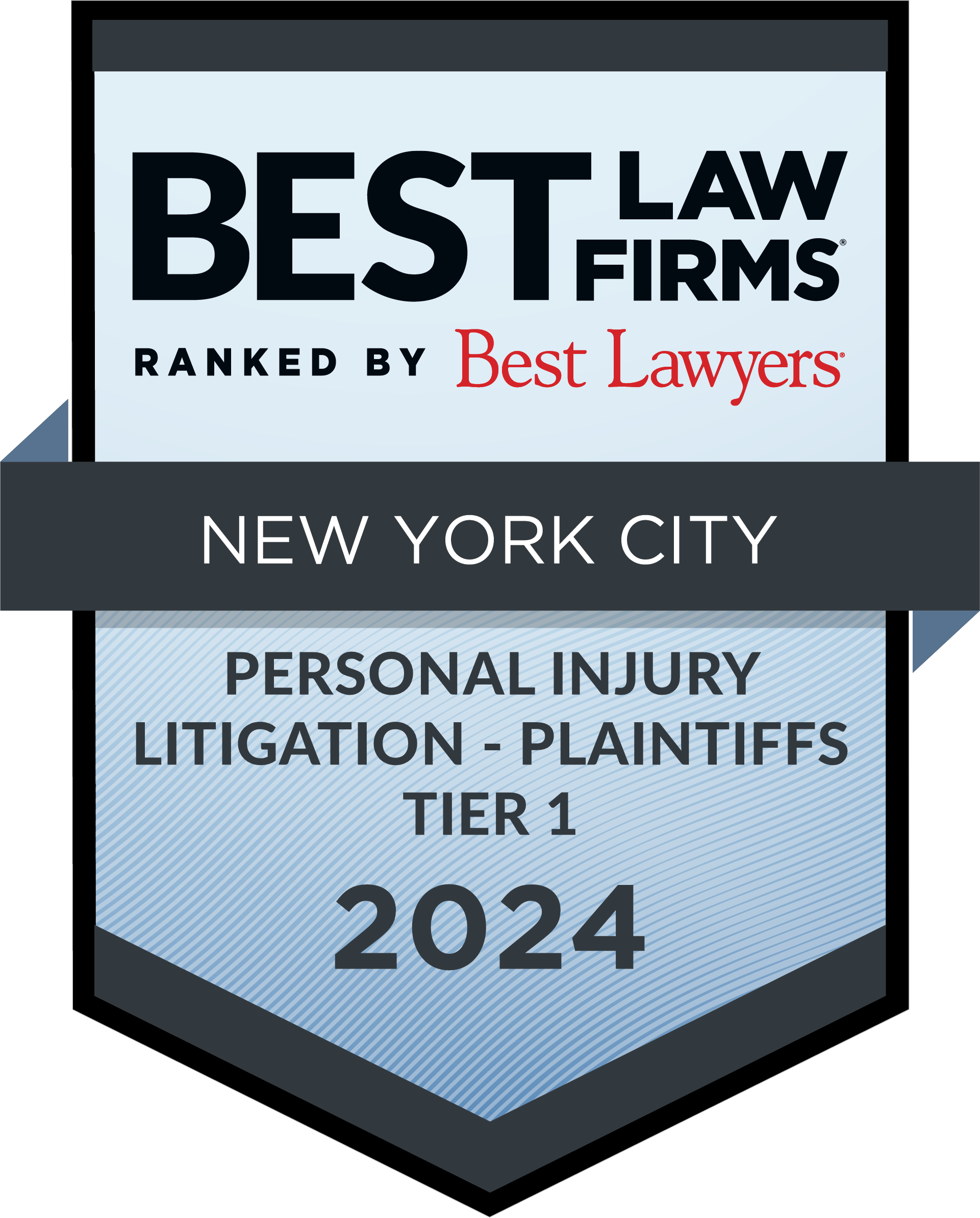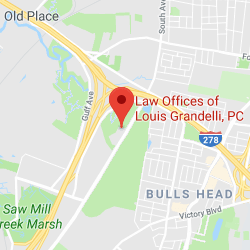The attorneys at the Offices of Louis Grandelli, P.C. have extensive experience representing victims of scaffold injuries and the families of those that have been wrongfully killed
Scaffold Injuries in New York
There are hundreds of scaffold injuries and accidents that take place every year in New York involving construction workers resulting in serious injury or death. Many development projects and improvements to tall buildings throughout New York State require the frequent use of scaffolds. However, scaffolds must be erected in accordance with the manufacturers’ recommendations and industry standards or else there could be grave consequences to construction workers. In addition, it is important that safety professionals routinely inspect scaffolding equipment to ensure that it is in proper working order to prevent accidents involving an elevated height danger. If you or a loved one are victims to a scaffolding accident or a construction accident, then contact Grandelli Law. It is important that you work with expert scaffold accident lawyers in NYC who understand the law and inspection requirements of scaffolding and construction equipment.
New York Law Requires Inspection of Scaffolding Equipment
Under New York law, supervisors at construction sites are responsible to implement procedures for the inspection of scaffolding at construction sites to ensure the equipment provides proper protection for all workers using this equipment, as well as the workers performing tasks at a level below the platform of the scaffold. It is necessary that every scaffold be inspected on a frequent basis by a supervisor such as a project engineer, manager, or other designated person with the qualifications to inspect such a scaffold. Scaffolding should never be altered or modified without the supervision of a competent and designated supervisor. No equipment, tools, or debris should be left on scaffolding when workers are done for the day. All safety instructions regarding the use and maintenance of scaffolding should be conspicuously posted so that workers are aware of safety instructions. It is also necessary to protect all scaffolding from vehicles or mobile machinery such as forklifts that may come into contact with them. On certain occasions, ladders are used to provide workers with access to their work area. When using a ladder for this purpose it must be secured against slipping or falling. Overhead protection is also necessary to avoid a worker being struck by a falling object while on a scaffold. Lumber, screen mesh or canvas can be used to provide overhead protection. Lastly, it is also necessary to ensure that there are no slipping or tripping hazards on scaffolds to avoid accidents.
Uses for Scaffolding and Construction Equipment
The following are some of the types of scaffolds used at construction sites:
Steel and Wood Scaffolding – Construction companies often use steel scaffolds since they are more durable than wood structures. Steel scaffolding must be built and utilized in accordance with the manufacturer’s recommendations, which would include installing all necessary safety devices and locking the scaffold’s connections. Proper erection of scaffolding equipment includes scaffold footings to secure against the movement, and guard rails secured by connectors. Unfortunately, numerous scaffold injuries occur as a result of the failure to use toe-boards and guard rails. Therefore, it is critical that these safety features are in place and properly maintained. Wood scaffolds are sometimes used at construction sites in place of steel scaffolding. It is necessary when erecting wood scaffolding that the lumber be of good quality, and free of other defects which may affect the integrity of the scaffold. Like any other scaffold, a wooden scaffold should be designed to ensure that it can safely hold the load it was designed to handle. This includes workmen, materials, and any machinery. Similar to other scaffolds, adequate footing, such as planks should be provided to workers. Cross-bracing is also necessary to provide stability. Guard rails or handrails should be provided on all open sides of the platform of the scaffold as well as toe-boards on open sides of the scaffolding.
Pole Scaffolds – Certain contractors, such as painters and carpenters do not bring large scaffolding material onto a job site as opposed to concrete workers and bricklayers. For the “lighter trades” single-pole scaffolds can be used, but it is obviously just as important to ensure that these scaffolds are properly erected, inspected, and maintained. It is also necessary that single-pole scaffolding is cross-braced in both directions to ensure its integrity.
Baker (Rolling) Scaffolds – These scaffolds are mobile and are often utilized at worksites in place of tubular steel scaffolding. They provide convenience since they do not have to be dismantled, and assist workers in performing tasks which are not of long duration. When moving baker scaffolds, it is necessary to remove all material and equipment before moving the scaffold. It is also important to apply caster brakes or wheel locks when the scaffold is being utilized by workers.
Contact Grandelli Law’s Scaffold Accident Lawyers in NYC
If you have sustained serious scaffold injuries or lost a loved one due to a scaffold accident, please contact our firm to discuss your case. The attorneys at Grandelli & Eskenasi have a proven history of success in New York scaffold injury cases. We are a personal injury law firm dedicated to helping ensure our clients’ needs are met today, tomorrow, and years later. With over 22 years of experience, our scaffold accident lawyers in NYC have had extensive experience representing victims of scaffold injuries and the families of those that have been wrongfully killed or injured (See Cases of Note).



















